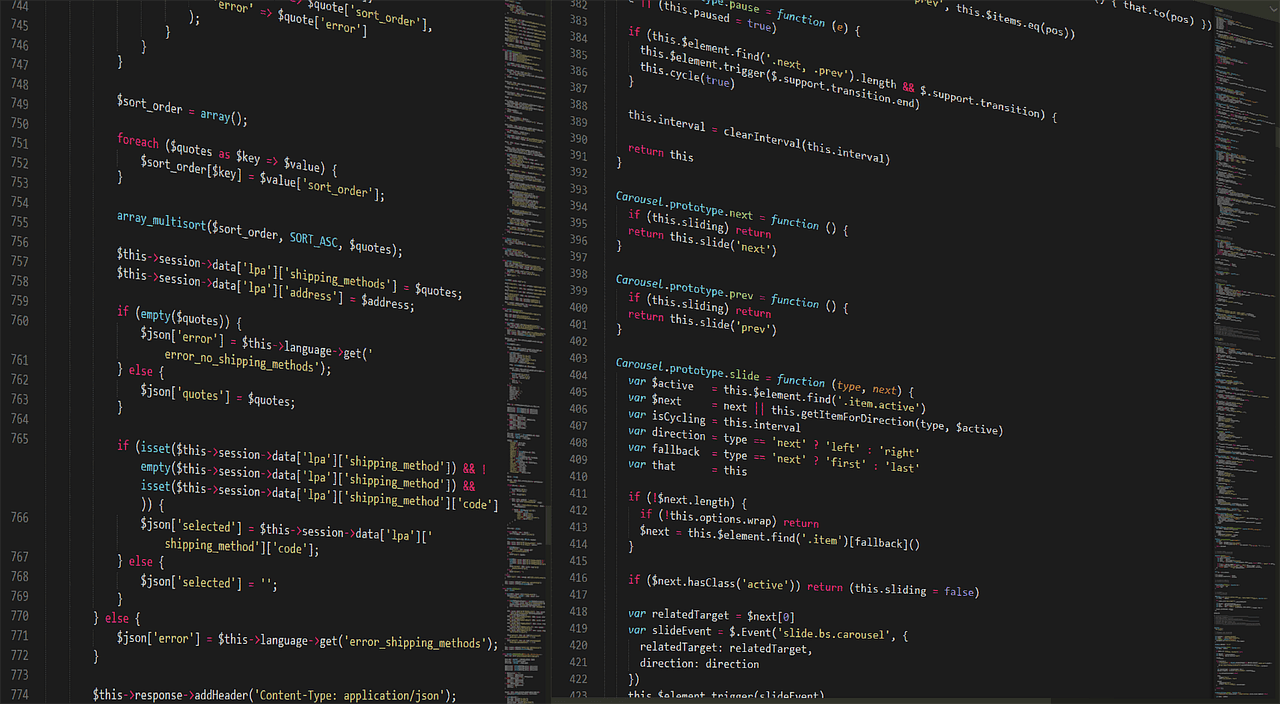Python Web Development: A Comprehensive Guide
Python web development involves creating dynamic websites and web applications using the Python programming language. With its simplicity and readability, Python has become one of the most popular choices among developers for both front-end and back-end development tasks.
What is Python Web Development?
Python web development encompasses the entire process of building a web application, including handling HTTP requests and responses, managing data storage, and implementing business logic. It’s a versatile approach to creating web solutions quickly and effectively.
Why Use Python for Web Development?
Python is favored in web development due to several benefits:
- Simple and readable syntax
- Vast ecosystem of libraries and frameworks
- Growing community support
- Great for both beginner and experienced developers
Setting Up Your Environment
Installing Python
Begin by downloading Python from the official Python website and following the installation instructions compatible with your operating system.
Choosing a Web Framework
Python offers various frameworks to simplify development tasks:
- Django
- Flask
- Pyramid
- CherryPy
Setting Up a Development Environment
Create a dedicated folder for your project and establish a virtual environment using tools such as virtualenv or Python’s built-in venv module. This helps keep dependencies organized and manageable.
Popular Python Web Development Frameworks
Django
Django is known for:
- Built-in authentication system
- Powerful URL routing
- Automatic admin interface
Flask
Flask is a lightweight micro-framework ideal for:
- Small to medium-sized applications
- Developers looking for flexibility
Pyramid
Pyramid offers a minimalist framework that adapts well to both small and large applications. Key features include:
- Flexible URL mapping
- HTML validation and generation
CherryPy
CherryPy is a minimalist framework that allows the following:
- Multiple HTTP server support
- Built-in tools for sessions, caching, and more
Best Practices for Python Web Development
Testing and Debugging
Utilize frameworks like unittest and follow Test-Driven Development (TDD) for reliable code.
Code Organization
Implement the Model-View-Controller (MVC) pattern to enhance code maintainability and organization.
Security
Always implement strong authentication and secure protocols like HTTPS to safeguard user data.
Deploying Your Application
Containerizing Web Applications
Use containerization tools like Docker to streamline deployment and ensure consistency across environments.
Deploying to Production
Consider cloud platforms such as AWS or Google Cloud to deploy applications that can handle high traffic efficiently.
Conclusion
Python web development is a versatile and powerful avenue for creating dynamic web applications. By choosing the right framework and adhering to best practices, developers can build effective web solutions. Whether you’re a beginner or an experienced coder, dive into the realm of Python web development to harness its immense potential. For further learning, check out our detailed guides for beginners such as this comprehensive guide and more insights on frameworks and best practices.
Additional Resources
Projects and Applications in Python Web Development
Key Projects
- Blog Platform: Build a complete blog platform using Django where users can register, log in and create posts.
- RESTful API: Develop a RESTful API using Flask that serves data in JSON format and allows for CRUD operations.
- E-commerce Website: Create an e-commerce platform using Django, including features like product listings, shopping cart, and checkout.
- Personal Portfolio: Design a personal portfolio website with Flask to showcase projects and relevant work experience.
Python Code Examples
Blog Platform (Django)
# Example of a simple Django model for a blog post
from django.db import models
class Post(models.Model):
title = models.CharField(max_length=200)
content = models.TextField()
created_at = models.DateTimeField(auto_now_add=True)
RESTful API (Flask)
# Simple Flask API example
from flask import Flask, jsonify, request
app = Flask(__name__)
users = [{'id': 1, 'name': 'Alice'}, {'id': 2, 'name': 'Bob'}]
@app.route('/users', methods=['GET'])
def get_users():
return jsonify(users)
if __name__ == '__main__':
app.run(debug=True)
E-commerce Website (Django)
# Example of creating a simple product model in Django
class Product(models.Model):
name = models.CharField(max_length=100)
price = models.DecimalField(max_digits=10, decimal_places=2)
description = models.TextField()
Personal Portfolio (Flask)
# Flask route for the portfolio homepage
@app.route('/')
def home():
return "Welcome to My Portfolio
"
Real-World Applications
Python web development plays a crucial role in various sectors:
- Content Management Systems: Platforms like WordPress and Django-based solutions allow for dynamic content creation and management.
- E-commerce: Companies leverage Python frameworks to manage inventories, process payments, and enhance user experiences.
- Data Analysis and Visualization: Web applications can present complex data analyses and visual reports using libraries like Plotly and Dash.
- Social Media Platforms: Many businesses utilize Python web frameworks for building scalable social networking sites that handle user interactions efficiently.
Next Steps
Now that you have a solid understanding of Python web development, it’s time to take your skills to the next level. Start by choosing a framework that aligns with your project’s needs—be it Django for robust applications or Flask for lightweight services.
To further enhance your development skills, consider diving into more advanced tutorials and resources. Check out our in-depth guide on web development in Python for a broader perspective on tools, strategies, and tips that can aid in your growth as a Python developer.
Don’t forget to implement best practices such as rigorous testing and secure code management as you build your projects. Additionally, explore other resources like our article on unlocking your coding potential with Python for personal development tips and learning strategies.
Engage with the Python community online, participate in forums, and collaborate on open source projects to further hone your skills in Python web development. The more you practice and interact with peers, the more proficient you will become.
